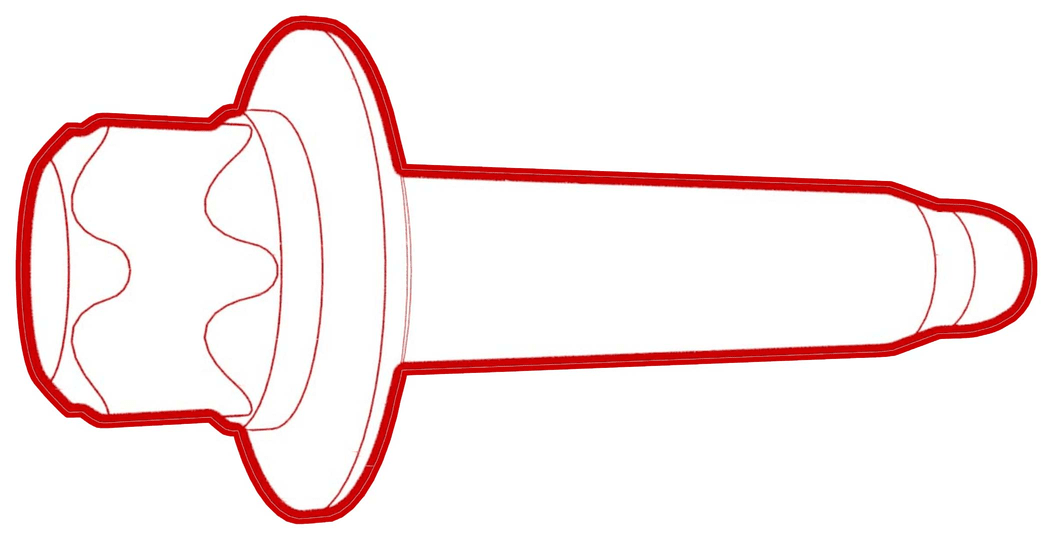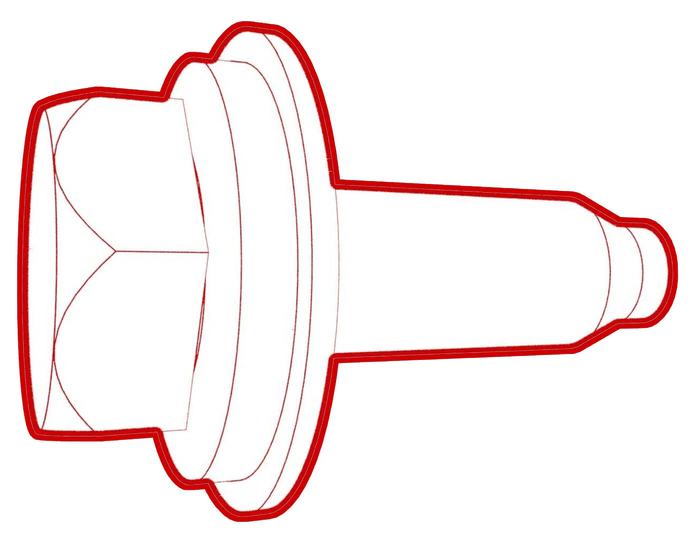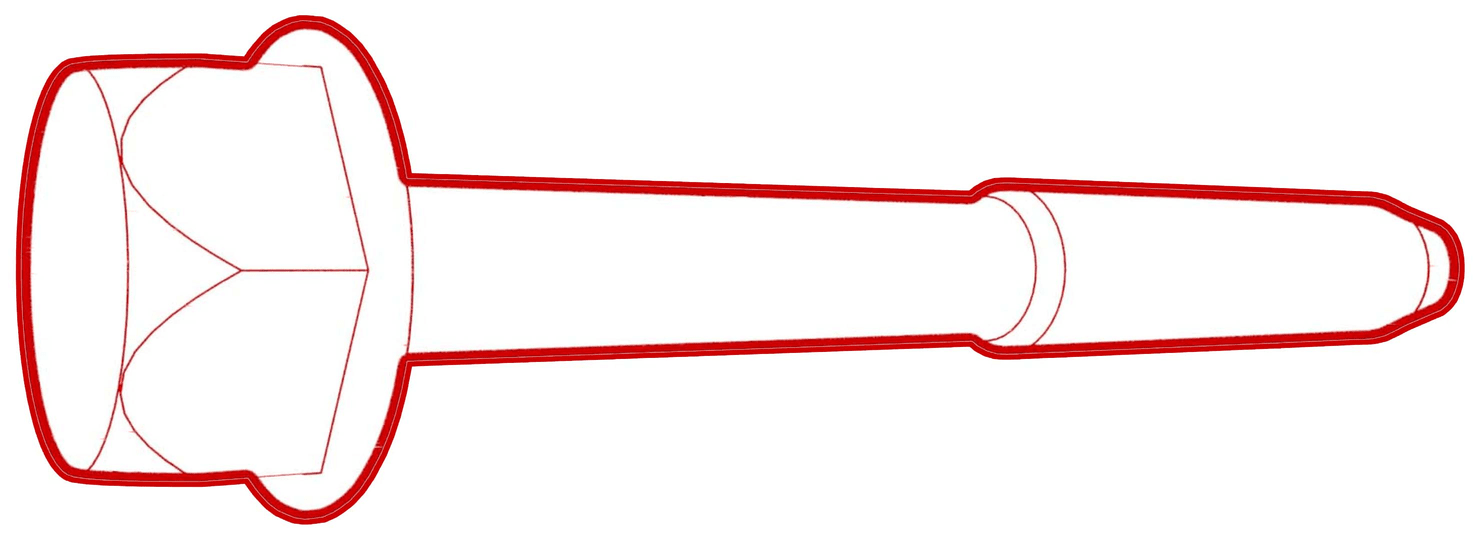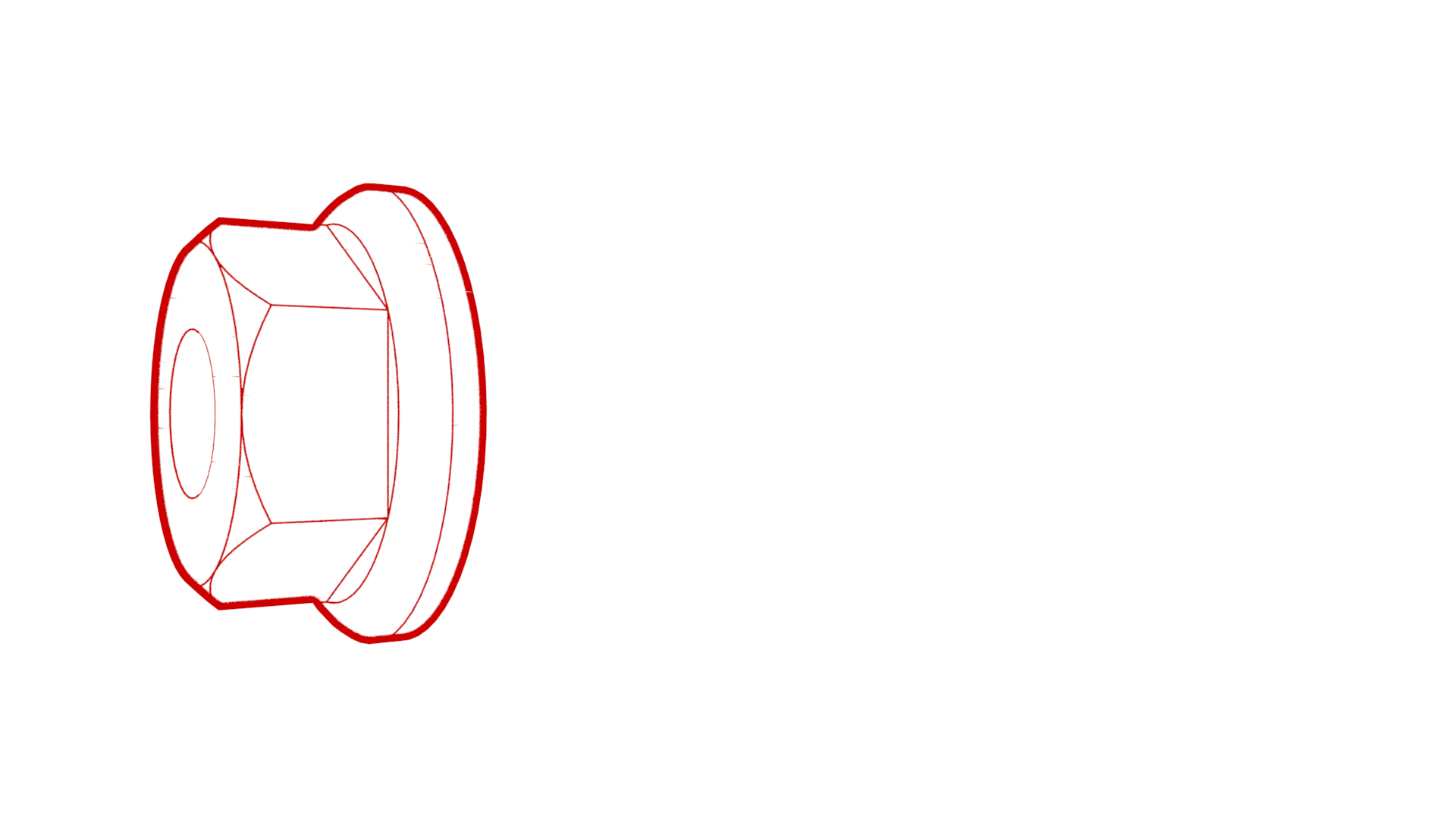Contactor - Fast Charge - HV Battery (Remove and Replace)
Correction code 16302602 1.98 NOTE: Unless otherwise explicitly stated in the procedure, the above correction code and FRT reflect all of the work required to perform this procedure, including the linked procedures. Do not stack correction codes unless explicitly told to do so. NOTE: See Flat Rate Times to learn more about FRTs and how they are created. To provide feedback on FRT values, email ServiceManualFeedback@tesla.com. NOTE: See Personal Protection to make sure wearing proper PPE when performing the below procedure. See Ergonomic Precautions for safe and healthy working practices.
- 2024-07-30: Updated references in Install section.
- 2024-02-23: Removed coolant and respective component steps.
- 2023-07-13: Cleaned up first steps and added links to the HV battery DC input assembly procedures.
- 1057602-00-A Ratchet, 1/4" Sq Dr, HV Insulated
- 1057603-00-A Ext Bar, Wobble, 1/4" Dr, HV Insulated
- 1057606-00-A Skt, 1/4" Sq Dr, 13mm, HV Insulated
- 1057607-00-A Magnet, Flexible, HV Insulated, 18"
- 1059330-00-B Skt, 1/4in Dr, 5-Lobe Torx Plus External
- 1076927-00-A Resistance meter, microohm, Hioki RM 3548
Only
technicians who have completed all required certification courses are permitted to
perform this procedure. Tesla recommends third party service provider technicians
undergo equivalent training before performing this procedure. For more information on
Tesla Technician requirements, or descriptions of the subject matter for third parties,
see HV Certification Requirements. Proper personal protective equipment (PPE) and insulating HV
gloves with a minimum rating of class 0 (1000V) must
be worn at all times a high voltage cable, busbar, or fitting is handled. Refer to Tech Note TN-15-92-003, High Voltage Awareness
Care Points
for additional safety
information.
Remove
- Remove the ancillary cover. See Cover - Ancillary Bay (Remove and Replace).
- Remove the pyrotechnic battery disconnect. See Pyrotechnic Battery Disconnect (Remove and Replace).
-
Remove the clip that
attaches the HV battery ancillary bay harness to the HV battery fast charge
contactor.
- Remove the HV battery probing guide. See Guide - Probing - HV Battery (Remove and Replace).
- Remove the HV battery negative contactor. See Contactor - Negative - HV Battery (Non-Structural Pack) (Remove and Replace).
-
Disconnect the electrical harness from the HV battery fast charge contactor connector.
NoteSqueeze the tabs on either side of the harness connector, to release the tabs from the contactor connector.CAUTIONDo not pry the connectors apart, as this action breaks the tabs and connectors, and necessitates harness replacement.
-
Disconnect the HV battery AC inlet harness from the power conversion system connector.
-
Release the clips that attach the HV battery AC inlet harness cover to the power conversion system.
- Remove the HV battery DC input assembly. See DC Input Assembly - HV Battery (Busbar Type) (Remove and Replace).
-
Remove and discard the bolts that attach the negative and positive busbars to the DC links and DC input.
-
Remove the clips that attach the HV battery ancillary bay harness to HV battery fast charge contactor cover.
-
Remove the nut and bolts that attach the fast charge contactor to the ancillary bay, and remove the contactor with the harness from the vehicle.
- Remove the HV battery AC inlet harness from the contactor. See GUID-F16A9FEA-5D6E-4FE1-A78C-08D9A38B8055.html#GUID-F16A9FEA-5D6E-4FE1-A78C-08D9A38B8055.
-
Remove and discard the bolts that attach the busbars to the fast charge contactor, and then remove the busbars from the contactor.
-
Remove the bolts that attach the fast charge contactor to the insulator, and remove the contactor from the insulator.
Install
- Perform a zero adjust of the Hioki resistance meter in preparation to measure resistances later in this procedure. See Resistance Meter (Zero Adjust).
- Use IPA wipes to clean the high voltage mating surfaces of the fast charge contactor and the positive and negative DC link and DC input busbars.
-
Install the HV battery fast charge contactor to the insulator.
NoteAlign the 2 guides as the fast charge contactor is installed on the insulator.
-
Install the bolts that attach the fast charge contactor to the insulator, and then mark the bolts with a paint pen after they are torqued.
 5.5 Nm (4.1 lbs-ft)
5.5 Nm (4.1 lbs-ft) -
Install the positive and
negative inlet and DC link busbars to the fast charge contactor, and install
new bolts (x4) to attach the busbars to the contactor.
-
Precondition the bolts by
torquing to 15 Nm, then back off one half turn, retorque to 5 Nm +60 deg,
and then mark the bolts with a paint pen.
 15 Nm (11.1 lbs-ft) -180 deg
15 Nm (11.1 lbs-ft) -180 deg 5 Nm (3.7 lbs-ft) +60 deg
5 Nm (3.7 lbs-ft) +60 deg -
Install a new HV battery AC inlet
harness to the fast charge contactor. See one of the following
procedures:
- Harness - AC Filter - HV Battery (Non-Structural Pack) (Remove and Replace)
- Harness - AC Filter - HV Battery (Structural Pack) (Remove and Replace)
- Harness - AC Filter - HV Battery (3-Phase) (Structural Pack) (Remove and Replace)
NoteThe AC inlet harness is reusable, but the harness cover must be replaced.. -
Install the bolts and nut that attach the fast charge assembly to the ancillary bay, and then mark the bolts and nut with a paint pen after they are torqued.
 5.5 Nm (4.1 lbs-ft)
5.5 Nm (4.1 lbs-ft) 8 Nm (5.9 lbs-ft)
8 Nm (5.9 lbs-ft) -
Install the clips that attach the HV battery ancillary bay harness to HV battery fast charge contactor cover.
- Install the HV battery DC input assembly. See DC Input Assembly - HV Battery (Busbar Type) (Remove and Replace).
-
Install new bolts (x4) to
attach the negative and positive busbars to the DC links and DC input.
-
Precondition the bolts by torquing to 15 Nm, then back off one half turn,
retorque to 5 Nm +60 deg, and then mark the bolts with a paint pen.
 15 Nm (11.1 lbs-ft) -180 deg
15 Nm (11.1 lbs-ft) -180 deg 5 Nm (3.7 lbs-ft) +60 deg
5 Nm (3.7 lbs-ft) +60 deg -
Use the Hioki resistance meter to measure the resistance at the HV joint between the positive (LH) DC link busbar and the positive (LH) fast charge contactor busbar.
NoteThe maximum acceptable resistance is 0.040 mΩ (40 μΩ). There is too much resistance in the High Voltage joint. Remove the fastener, clean areas with isopropyl alcohol, install fastener back and test again
Figure 1. Generic Measurement - Actual busbars and fasteners might appear different -
Use the Hioki resistance meter to measure the resistance at the HV joint between the negative (RH) DC link busbar and the negative (RH) fast charge contactor busbar.
NoteThe maximum acceptable resistance is 0.060 mΩ (60 μΩ). There is too much resistance in the High Voltage joint. Remove the fastener, clean areas with isopropyl alcohol, install fastener back and test again
Figure 2. Generic Measurement - Actual busbars and fasteners might appear different -
Fasten the clips that attach the HV battery AC inlet harness cover to the power conversion system.
-
Connect the HV battery AC inlet harness to the power conversion system connector.
-
Connect the electrical harness to the HV battery fast charge contactor connector.
- Install the HV battery probing guide. See Guide - Probing - HV Battery (Remove and Replace).
-
Install the clip that attaches the HV battery ancillary bay harness to the HV battery fast charge contactor.
- Install the HV battery negative contactor. See Contactor - Negative - HV Battery (Non-Structural Pack) (Remove and Replace).
- Measure the voltage across the pyrotechnic battery disconnect mount points, and then install the pyrotechnic battery disconnect. See Pyrotechnic Battery Disconnect (Remove and Replace).
- Install the ancillary cover. See Cover - Ancillary Bay (Remove and Replace).